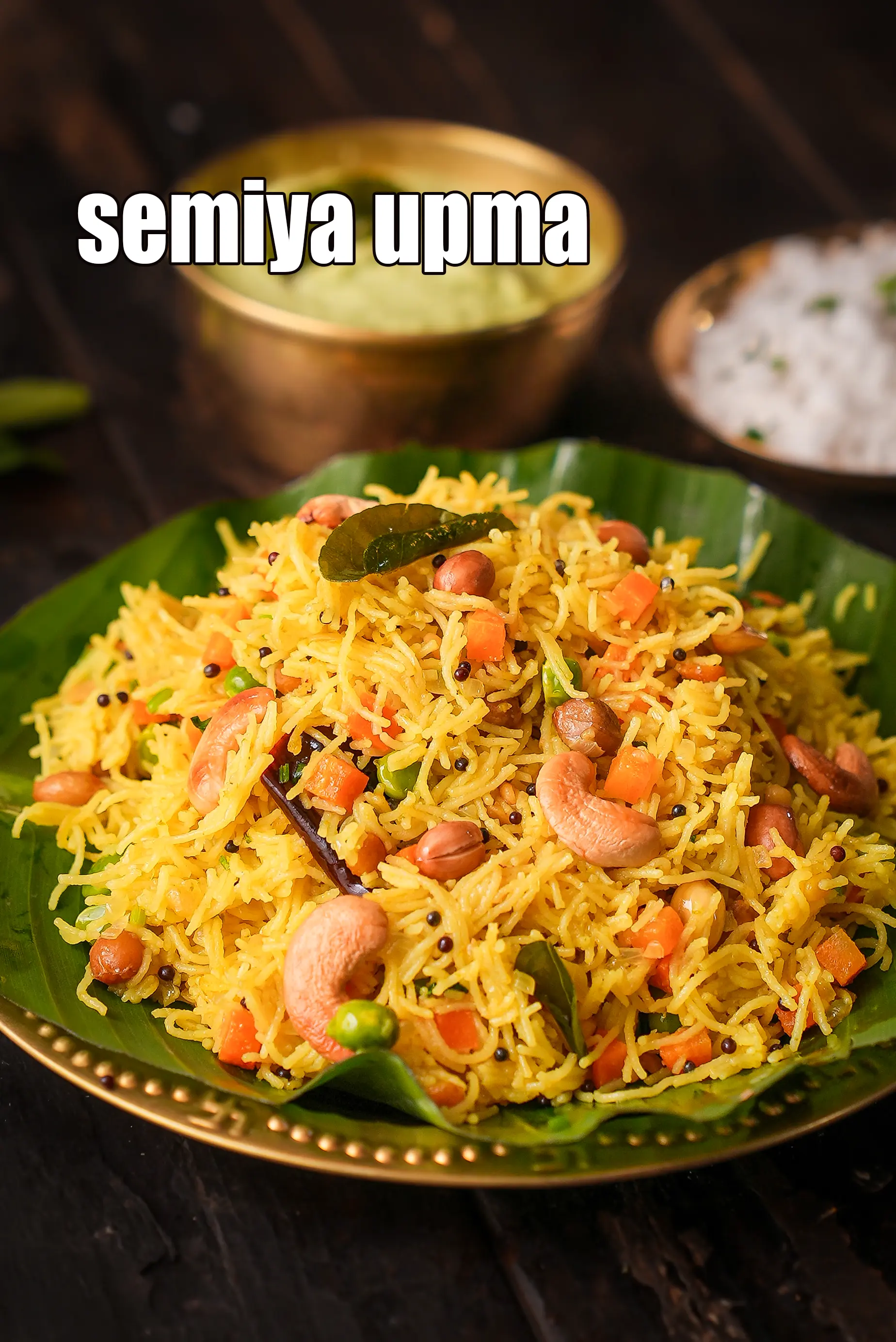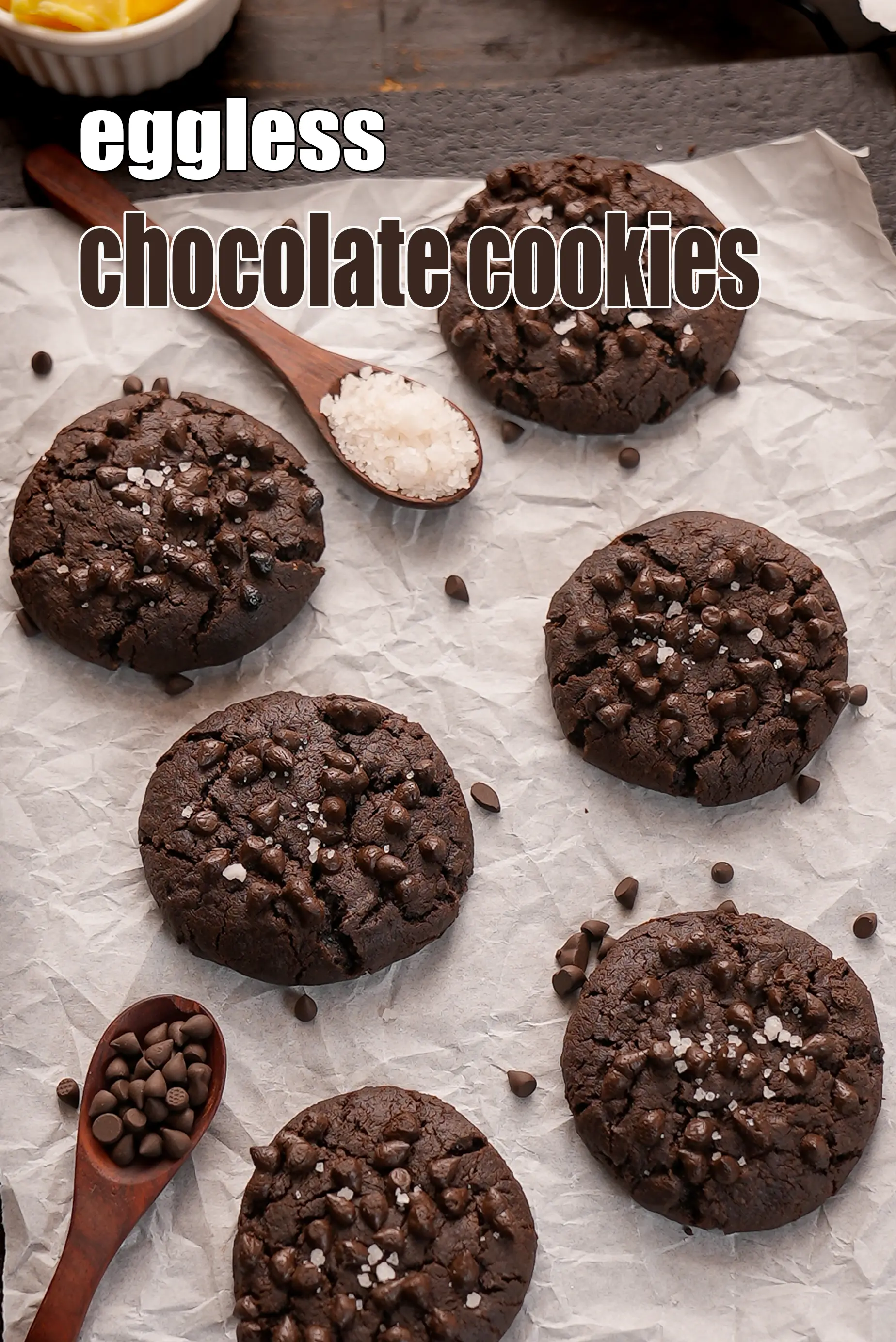Nutritional Facts of Bengali Khichdi, Bengali Khichuri, Calories in Bengali Khichdi, Bengali Khichuri
This calorie page has been viewed 11778 times
Cuisine
Table of Content
How many calories does one serving of Bengali Khichdi have?
One serving of Bengali Khichdi gives 265 calories. Out of which carbohydrates comprise 169 calories, proteins account for 48 calories and remaining calories come from fat which is 46 calories. One serving of Palak Bajra Khichdi provides about 13.2 percent of the total daily calorie requirement of a standard adult diet of 2,000 calories.
Bengali Khichdi recipe makes 4 servings.
265 calories for 1 serving of Bengali Khichdi, Bengali Khichuri, Cholesterol 0 mg, Carbohydrates 42.9g, Protein 12.1g, Fat 4.9g. Find how much fibre, iron, calcium, zinc, magnesium, phosphorus, sodium, potassium, folic acid is present in Bengali Khichdi, Bengali Khichuri
See Bengali khichuri recipe | Bengali moong dal khichdi | healthy, pregnancy vegetable khichdi | with 45 amazing images.
Bengali khichdi also known as Bengali khichuri is a delicious one-pot meal of rice, moong lentils and mixed vegetables. Learn how to make Bengali khichuri recipe | Bengali moong dal khichdi | healthy, pregnancy vegetable khichdi |
Khichuri perfectly defines comfort food for the Bengalis. This Bengali moong dal khichdi recipe is always made during Durga puja festival. It is offered as bhog to Goddess Durga along with some other Bengali delicacies.
Healthy, pregnancy vegetable khichdi has perfect combination of rice, moong dal and mixed veggies. With loads of protein, fibre and iron and minimum fat, this one sure is a delectable way to lose weight.
By the end of this guide you will know how to prepare a fragrant, delicious, lip-smacking and satisfying pot of khichuri or Bengali khichdi.
Tips to make bengali khichuri: 1. We have used brown rice, but you can use any other rice of your choice. 2. If you want runny consistency khichdi, add 4 to 5 cups of water while cooking. 3. Serve Bengali khichuri with curd or raita of your choice.
Is Bengali Khichdi healthy?
Yes, this is healthy. But restrictions apply to some. What we like is that small amounts of borown rice are used and yellow moong dal combined with lots of fibre rich vegetables make this healthy.
Let's understand the Ingredients.
What's good.
Brown Rice : The glycemic indiex of brown rice is lower than white rice Therefore, brown rice is good for people with diabetes if consumed in limited quantities. Being a good source of fibre that reduces high cholesterol levels and prevents atherosclerosis and good for your heart. It can be opted by people on weight loss occasionally in very small quantities along with some vegetables. It is rich in thiamine and niacin, which are involved in energy metabolism reactions. See article is brown rice good for you?
Yellow Moong Dal : The fibre (4.1 g in ¼ cup) present in yellow moong dal prevents the deposition of bad cholesterol (LDL) in the arteries which promotes a healthy heart in turn. Packed with nutrients like zinc (1.4 mg), protein (12.2 mg) and iron (1.95 mg), yellow moong dal helps to maintain the elasticity of your skin and help to keep it moist. Fiber, potassium and magnesium from yellow moong dal will work together to regulate blood pressure and soothe the nerves and is diabetic friendly. See here for details of 7 amazing benefits of yellow moong dal.
Cauliflower (phool gobi) : Cauliflower is extremely low in carbs and therefore does not raise blood glucose levels quickly. One cup Cauliflower provides you 100% off your daily recommended allowance of Vitamin C. It is rich in Antioxidant. Being rich in Indoles, Cauliflower and other Cruciferous Vegetables like broccoli, kale, radish, brussel sprouts, red cabbage maintain Oestrogen balances which is crucial for women. Read here for detailed benefits of cauliflower.
Green Peas : Green peas are good for weight loss, good source of vegetarian protein and have insoluble fibre to relieve constipation. Legumes like green peas, cow peas, mung, chick peas and kidney beans have a cholesterol lowering effect. Green Peas are rich in Vitamin K which aids in bone metabolism. Green peas have a Glycemic Index (GI) rank of 22 which is low and good for diabetics. Is green peas good for diabetics and see the full benefits of green peas.
Carrots (gajjar) : Carrots have the nutrient Beta Carotene which is a form of Vitamin A, helps prevent deterioration of the eye as one gets older and prevents night blindness. Carrot is great for the eyes.They relieve constipation, lower blood pressure, have fibre and lower cholesterol. Read the 11 super benefiits of carrots and why to include them in your daily diet.
French Beans ( Fansi ) : French Beans are rich in folic acid. A deficiency of folic acid can also lead to anaemia, as like iron they are equally necessary to make red blood cells. Without enough folic acid, you can get easily tired. Pregnant women can also benefit from its folic acid count. It’s effective to achieve weight loss, overcome constipation, control blood sugar levels, treat high cholesterol as well as prevent cancer. See here for detailed 15 benefits of french beans.
Tomatoes ( Cherry tomatoes, Yellow tomatoes ) : Tomatoes are extremely rich source of Lycopene. Tomatoes are a powerful antioxidant, super rich in Vitamin C, good for heart. Tomatoes are a Pregnant woman's friend and are rich in Folate or Folic Acid which helps your body to produce and maintain new cells, especially red blood cells. Read about 13 amazing benefits of tomatoes.
Ghee : Other than calories and fats, the only nutrients that ghee is rich in are the vitamins – all of which are fat-soluble. All the 3 vitamins (Vitamin A, Vitamin E and Vitamin K) are antioxidants which have a role in removing free radicals from the body and protecting our cell as well as help in maintaining skin health and glow. Ghee is an excellent, high-quality selection medium of cooking because of its high smoke point. As compared to most oils and butter, ghee can handle a smoke point of 230°C, 450°F, thus its less prone to oxidant and destruction of nutrients. Yes, ghee does contain cholesterol, but some amount of cholesterol is needed by the body. Cholesterol has some functions to play too. It is necessary for hormone production, brain function, cell health and lubricating the joints. It is, in reality, a high quality fat for the body and brain. Ghee is loaded with fats but that’s medium chain fatty acids (MCT) which aid in weight loss. Ghee is healthy for daibetics in small amounts and you need to check your fat intake at the same time. Learn to easily make your ghee at home which is free of preservatives. See benefits of ghee.
Can diabetics, heart patients and over weight individuals have Bengali Khichdi?
Yes, but control protion size. The glycemic indiex of brown rice is lower than white rice Therefore, brown rice is good for people with diabetes if consumed in limited quantities.
The fibre (4.1 g in ¼ cup) present in yellow moong dal prevents the deposition of bad cholesterol (LDL) in the arteries which promotes a healthy heart in turn. Packed with nutrients like zinc (1.4 mg), protein (12.2 mg) and iron (1.95 mg), yellow moong dal helps to maintain the elasticity of your skin and help to keep it moist.
Can healthy individuals have Bengali Khichdi?
Yes.
Bengali Khichdi is rich in below macronutrients, vitamins and minerals given in descending order (highest to lowest).
- Folic Acid (Vitamin B9): Folic acid is an essential vitamin required throughout pregnancy. Folic acid rich Indian foods (kabuli chana, chana dal, yellow moong dal, urad dal, tooval dal, til ) 36% of RDA.
- Vitamin B1 (Thiamine) : Vitamin B1 protects nerves, helps in carbohydrate metabolism, prevents heart diseases and helps produce red blood cells. 30% of RDA.
- Magnesium : Magnesium is required for formation of bones and teeth. It helps in the metabolism of calcium and potassium. % of RDA. magnesium rich Indian foods like leafy vegetables (palak, broccoli, kale), pulses ( rajma, chawli, moong ), nuts (walnuts, almonds) , cereals ( jowar, bajra, whole wheat flour, dalia). 25% of RDA.
- Fiber : Dietary fiber reduces the risk of heart disease, prevents the spike in blood sugar levels and hence super for diabetics. Consume more fruits, vegetables, moong, oats, matki, whole grains. 23% of RDA.
- Protein : Protein is required for managing the wear and tear of all cells of the body. Have protein rich Indian foods like paneer, curd, Greek yoghurt, tofu, almonds, sprouts, chana, rajma, chick peas, quinoa, buckwheat ). 22% of RDA.
What is a healthy accompaniment to this khichdi?
We suggest you pair it with homemade curds using cows milk or low fat curds
Basic Homemade Curd, Dahi Or Yogurt Using Cow's Milk
| Energy | 265 cal |
| Protein | 12.1 g |
| Carbohydrates | 42.9 g |
| Fiber | 5.8 g |
| Fat | 4.9 g |
| Cholesterol | 0 mg |
| Vitamin A | 288.7 mcg |
| Vitamin B1 | 0.3 mg |
| Vitamin B2 | 0.1 mg |
| Vitamin B3 | 2.2 mg |
| Vitamin C | 12.3 mg |
| Folic Acid | 71.4 mcg |
| Calcium | 57.3 mg |
| Iron | 2.5 mg |
| Magnesium | 87.3 mg |
| Phosphorus | 133.4 mg |
| Sodium | 21.7 mg |
| Potassium | 550.1 mg |
| Zinc | 1.6 mg |

Click here to view Bengali Khichdi, Bengali Khichuri
Calories in other related recipes













